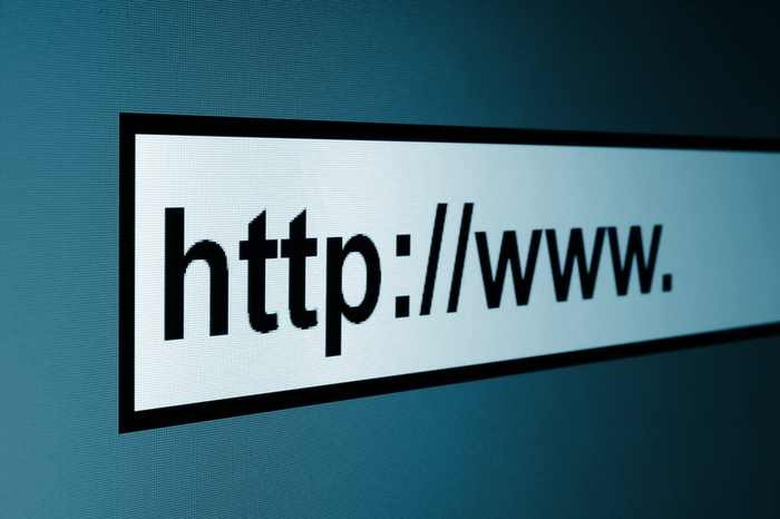Here's What All The Weird Extra Characters In URLs Really Mean
Everyone online knows and uses URLs — they're how you tell a web browser to load an individual page you want to access on your computer on a mobile device. It's all based on web standards that everyone uses, but you may not know that not all URLs are user-friendly – meaning they can contain plenty of characters that might not make sense to users. But there's a good reason for that.
DON'T MISS: Windows 10 is spying on almost everything you do – here's how to opt out
As Gizmodo explains, the web has evolved over time and websites have grown to a point where they can offer more and more information to the user – and more importantly, dynamic info. Rather than static pages that only show images and text, many websites can deliver more complex information to meet a user's needs.
And a simple URL like www.amazon.com isn't enough to get the job done. That's a static URL, one that can only include dots, slashes, dashes and underscores.
Therefore, all sorts of characters are employed in URLs, many looking like hard-to-digest gibberish. Those are dynamic URLs, like this Amazon search for "Windows 10 OEM:" http://www.amazon.com/s/ref=nb_sb_noss?url=search-alias%3Daps&field-keywords=windows+10+OEM. Instead of a clean web address that you could remember, the URL is populated with additional symbols, including question marks, hashtags, letters and numbers, equal signs or combinations of characters that are meant to replace certain words or symbols.
In a URL, %20 can often replace a space between words in a query while %3F can represent a question mark – the question mark itself is used to tell a server that the parameters following it are needed for an individual page. Therefore a question mark (?) never stands for a question mark in a URL. A hashtag (#) tells the server to disregard everything following it.
So next time you see a strange-looking URL in your browser, you'll know why it looks the way it does. And you'd better stop trying to remember it, it's likely you'll easily find the same product or content in the future. In fact, Safari and other browsers are already hiding away the nasty part of the URL, so you don't have to deal with it visually any longer.
